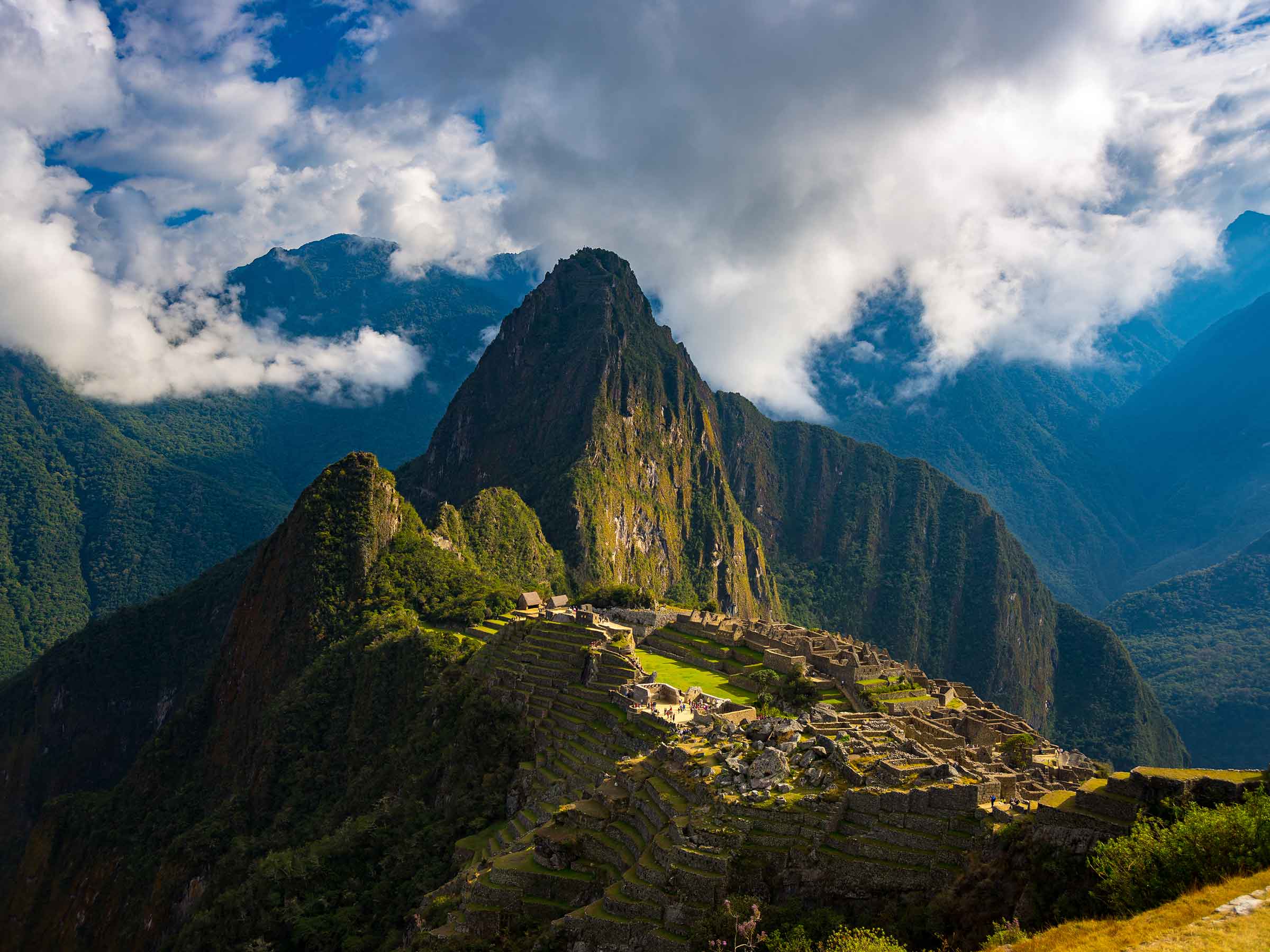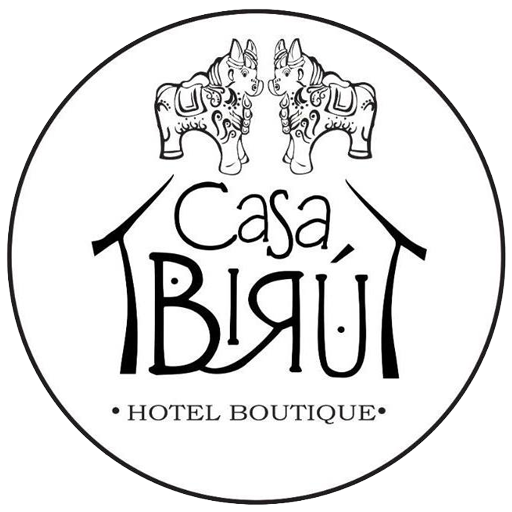
Stay Connected in Cusco: A Practical Guide to Internet Use for Travelers
Your Essential Resource for Reliable Connectivity in the Andes
Introduction
Cusco, a blend of ancient history and modern tourism, offers limited but manageable internet access. While the city center has decent Wi-Fi in cafes and hotels, remote areas like the Sacred Valley or Rainbow Mountain often have weak or no signal. Travelers relying on maps, translation apps, or social media should plan ahead.
Internet speeds in Cusco average 10–15 Mbps in urban zones—enough for emails and light browsing, but video calls may lag. Rural communities sometimes use satellite internet, which is slower and pricier. Cybercafés still exist near Plaza de Armas, charging ~3 PEN ($0.80) per hour. For digital nomads, coworking spaces like Selina provide stable connections. Remember: altitude and mountainous terrain disrupt signals, so patience is key. Balancing tech needs with Cusco’s rugged charm is part of the adventure!
How to Get Internet Access
Most travelers buy a local SIM card. Claro and Movistar offer affordable data plans (5–10 GB for ~30 PEN/$8). Purchase SIMs at the airport or shops in central Cusco—bring your passport. Hotels and cafes like Jack’s Café or Museo del Café have free Wi-Fi, but speeds vary. For rural trips, consider renting a portable Wi-Fi device from providers like Skyroam.
How to Set Up Your Devices
Protect gadgets from dust and sudden rain with waterproof cases. Use a VPN to secure connections on public networks. Enable offline maps (Google Maps or Maps.me) before hikes. Carry a power bank—electricity outages occur in villages. For cameras, extra memory cards help avoid cloud backups.
Best Time for Reliable Connectivity
Internet stability depends on weather. Dry season (May–September) has fewer signal disruptions. Rainy season (November–March) may down power lines, causing outages. Weekdays are better for video calls, as weekends see heavier local usage. Mornings (7–10 AM) offer faster speeds before crowds log on.
Recommended Services & Tools
- Claro SIM Card: Best coverage in cities and along main trekking routes.
- Skyroam Pocket Wi-Fi: Rent for ~$10/day; works in remote zones.
- Offline Translation Apps: Google Translate (download Spanish/Quechua packs).
- WhatsApp: Locals’ preferred app for tours or hotel bookings.
- Café Wi-Fi Hotspots: Try Three Monkeys Coffee or L’Atelier.
What to Pack for Connectivity
- Unlocked Phone: Required for local SIM cards.
- Universal Adapter: Peruvian outlets are Type A/B (120V).
- Portable Charger: Essential for multi-day hikes.
- VPN Subscription: Protects data on public networks.
- Cash (Soles): For SIM cards or cybercafés.
Government & Climate Restrictions
Peru’s government restricts internet in protected areas like Machu Picchu to prevent drone use. Some indigenous communities (e.g., Choquequirao villages) limit Wi-Fi to preserve traditions—ask before taking photos. Heavy rains (January–February) damage infrastructure, causing outages. Altitude weakens signals; even 4G can drop to 2G in the Andes. Note: Using satellite phones requires permits from the Ministry of Transport.
Age & Tech Considerations
Seniors may find navigating spotty Wi-Fi stressful. Apps like WhatsApp simplify communication, but learning basic Spanish phrases helps when tech fails. Parents should monitor kids’ screen time—limited connectivity encourages exploring offline. Digital detoxes are common in homestays; embrace it!
Local Communities & Internet Use
In villages like Chinchero or Maras, internet access is sparse. Locals often share one community phone or visit nearby towns for data. Younger generations use Facebook, but elders prioritize traditional practices. Respect their pace: asking, “¿Hay internet aquí?” (“Is there internet here?”) avoids assumptions.
Culture, Traditions, and Technology
Cusco’s Quechua communities blend tech with tradition. Weavers in Pisac use WhatsApp to sell textiles but still speak Quechua at home. Festivals like Inti Raymi stream live on Facebook, yet rituals remain sacred—no phones allowed. Internet cafes in Ollantaytambo buzz with tourists, but locals prefer face-to-face ferias (markets). Balancing modern tools with ancestral customs is a delicate, ongoing dance.
Final Tips & Alternatives
Assume connectivity will be unreliable. Download maps, tickets, and hotel details offline. If Wi-Fi fails, enjoy Cusco’s analog charm: ask directions from shopkeepers or join a guided tour. For a digital detox, visit the quiet town of Pisac or hike the lesser-known Huchuy Qosqo trail. Remember: disconnecting lets you connect deeper with this magical region. ¡Buen viaje!







No comment yet, add your voice below!